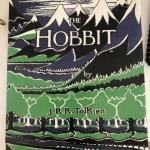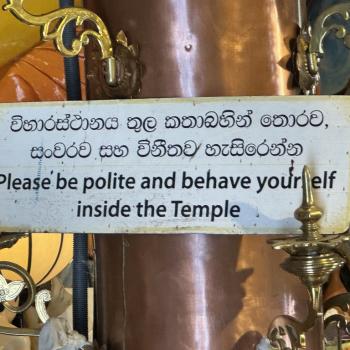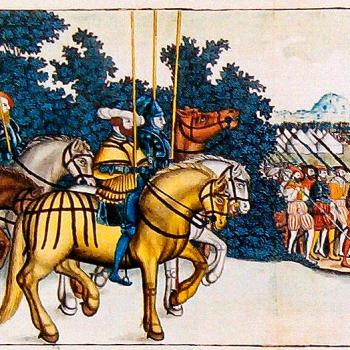I live in New York City, which is the greatest city in the world, but the reality is that few things are easy here. Whether it’s enrolling a child in kindergarten, riding public transit to work, or paying the rent to keep a roof overhead, completing basic tasks can be surprisingly complicated for New Yorkers. This fact of life was made especially clear to me one sunny September afternoon in 2015, when I discovered that Rufus, my beloved thirteen-year-old Italian Greyhound, had died underneath my dining room table.
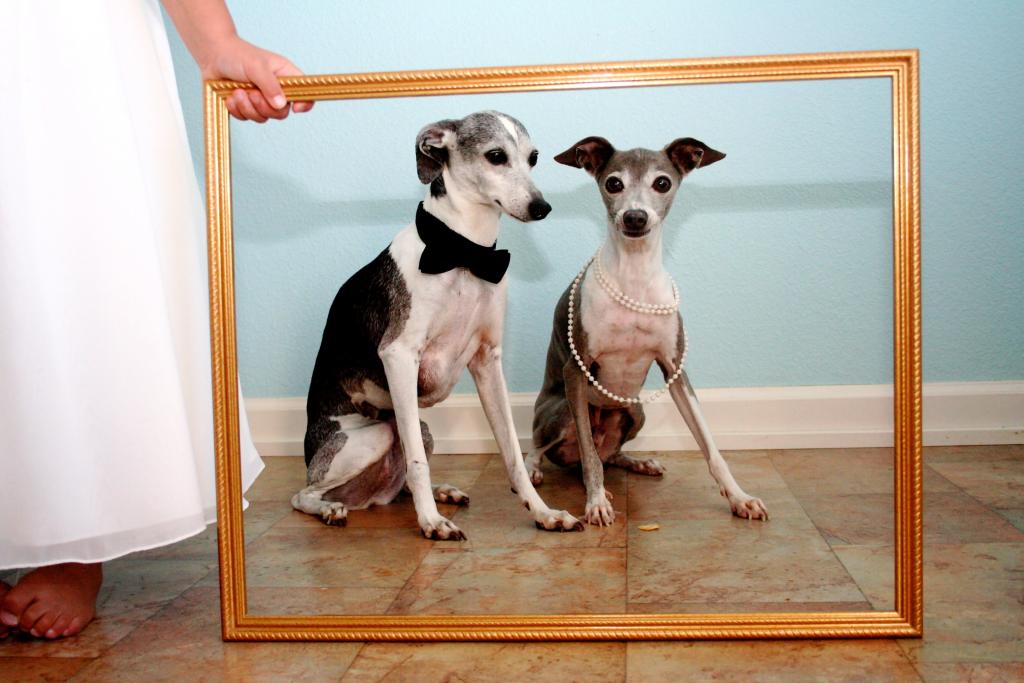
I’d dealt with the death of pets before. My fifteen-year-old collie, Rover, died when I was teenager, and my twelve-year-old German shepherd, Joshua, was put to sleep on the day that I passed my graduate school oral exams. Those were sad experiences, of course, but they weren’t particularly complicated ones, at least when it came to the physical aspects of pet death. Since Joshua was euthanized, the veterinarian handled the disposal of his remains, and since Rover passed away while I was living in Michigan, where we owned a home, my family was able to simply bury his body in our backyard.
Rufus’s death, however, presented an unexpected problem: how to handle a dead pet in Manhattan. Like most New Yorkers, my husband and I rent an apartment and have no backyard, so burying our dog on private property wasn’t a possibility. I went online and discovered that there were a few other options available to us, though, and I presented these to our six-year-old daughter after school. My husband and I had decided to let our child, the most sensitive member of our family, make the decision about what to do with Rufus’s body, and I chose to have this difficult conversation with her over lemonade and snacks at our favorite corner diner.
“The first option,” I began, “is to bury Rufus. We could lay him to rest in a pet cemetery, and we could have a little funeral for him. The one thing you should know, though, is that this option is very expensive and could cost us about a thousand dollars.” I tried to be matter-of-fact, but secretly hoped that she wouldn’t choose this option, as we didn’t have the funds for an expensive dog funeral.
My daughter listened carefully and nodded. “What’s the second option?” she asked.
“The second option,” I continued, “is to cremate his body. We could then take his ashes and maybe sprinkle them in a place we love, like Central Park or overboard the Staten Island Ferry. This option would cost us a couple hundred dollars if we visit the vet nearby, or we could cremate his body for less if we head uptown to the city’s Animal Care Center.” Again, I laid out the process as plainly as I could, but I knew that this option was also difficult, as it would likely require us to bring our dead dog for a one-hour ride on the city bus in the middle of rush hour traffic. Truth be told, I didn’t relish the prospect of carrying a dead dog on a hot and crowded city bus.
“And what’s the third option?” she asked.
The final option, which was free, was also the least comfortable to discuss, even though the New York City government website describes this option in the bluntest terms. “You can also put a dead animal out for pickup by the Department of Sanitation on your garbage day,” the city government advises. “The remains must be placed in a heavy-duty black plastic bag or double plastic bag and a note should be taped to the bag stating its contents (for example, ‘dead dog’ or ‘dead cat’).”
For my conversation with my daughter, though, I searched for gentler, more euphemistic words. “The third option is the fee-free option,” I said. “This would involve putting Rufus’s body in the place where we put other things that we no longer keep in our home.”
She considered these words as she peered at me shrewdly over the top of her lemonade glass. “You mean the dump,” she said.
I sighed. Six-year-olds aren’t easily fooled. “Yeah,” I said. “The dump.”
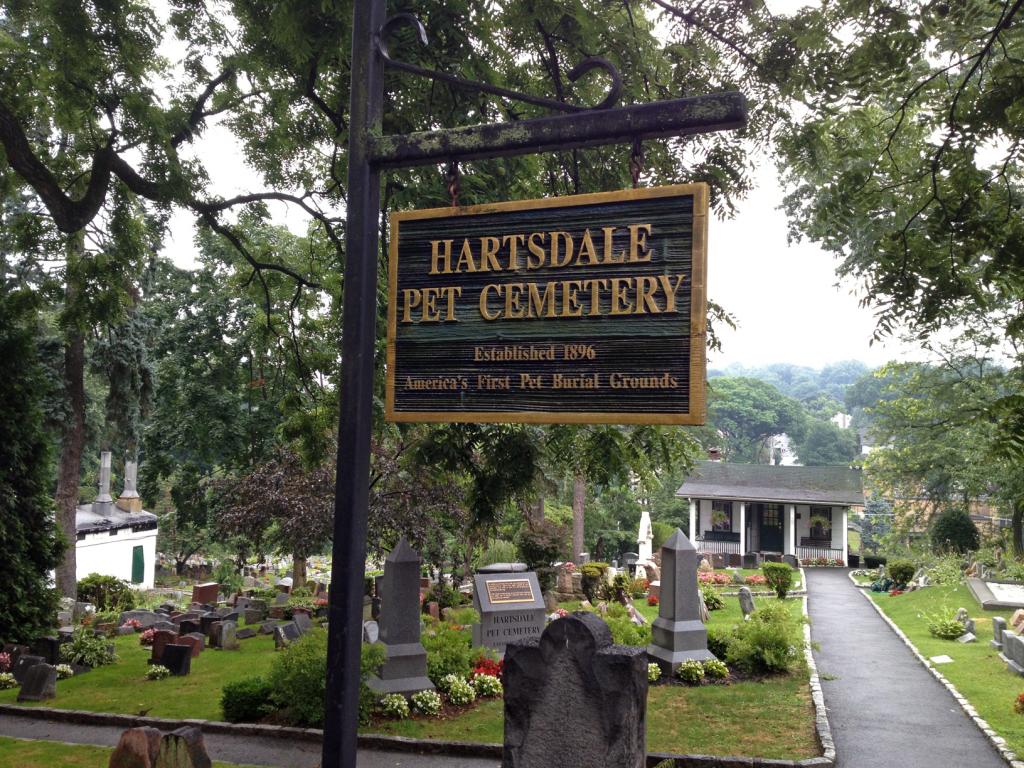
Animal afterlives and vernacular religion
My family made light of the “fee-free” option. In his friskier days, Rufus had enjoyed picking through our garbage and eating our dinner scraps, and we quipped that being laid to rest among chicken bones and rotten banana peels would offer splendid fulfillment of his greatest dreams. The idea of setting his body out on the curb to be picked up by the New York City Department of Sanitation also reminded us of a joke that we had heard on the radio a few years back. “Why do Unitarians like to die on Tuesday?” the joke went. “Because Wednesday is recycling day!”

We reached for humor, though, largely to quell our unease. In truth, it seemed rather callous to us to dispose of Rufus’s body in the dumpster. He was, after all, dearly loved, and we considered him a member of our family. Putting his remains out with the trash thus seemed distasteful and unceremonious. Didn’t he deserve a dignified ending, like what we offered our human relatives? For that reason, and perhaps also because of my religious commitments and my love of comforting ritual, I preferred to say goodbye to him in a way that more formally expressed my genuine love and grief. At the same time, I also wondered if I was being unnecessarily sentimental, and if my desire to conduct a ceremony to honor my dead dog was an unnecessary extravagance. Because wasn’t Rufus just a dog? And yet wasn’t he also more than that?
The scholarship on this matter suggests that my inclination to view Rufus not simply as a dog, but as a beloved companion, is not an unusual position. Sabina Magliocco, Professor of Anthropology at the University of British Columbia, recently published an article in the Journal of Folklore Research about her research on how modern Westerners have understood their pets as spiritual beings with an interiority and an afterlife that resembles that of humans. Magliocco argues that, across religious traditions, people commonly extend personhood to animals. The belief in the spiritual significance of animals might even reach back to the first humans. For example, archaeologists point to remains of cat, dog, and fox burials as evidence that our Paleolithic predecessors viewed these animals as having a spiritual status equivalent to that of human beings. In addition, historian Laura Hobgood Oster characterizes the relationship between early humans and dogs as “religious” and argues that burial remains demonstrate that people believed that dogs joined their human companions in the afterlife.
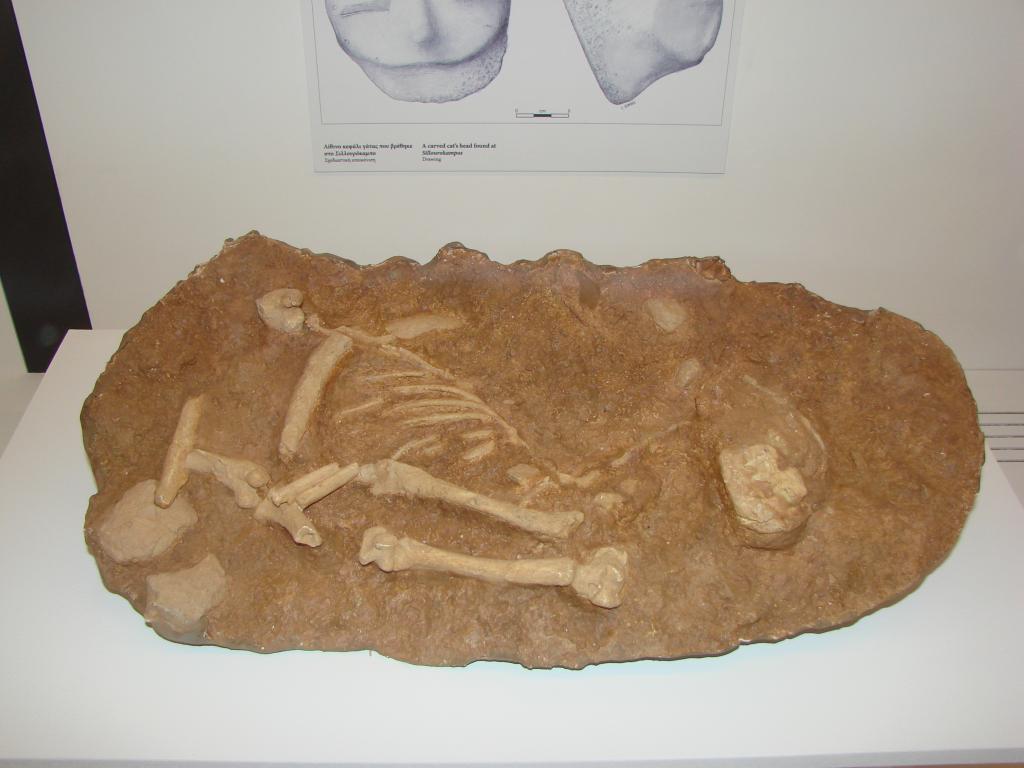
Magliocco explains that, over the centuries, the belief that animals are spiritual beings declined, for several reasons: humans domesticated animals and saw them primarily as a food source, and later, “the combined forces of religion and science exiled the idea of animal spirituality from mainstream thought.” However, she argues that in the West, two cultural developments in the nineteenth and twentieth centuries produced an important shift in popular attitudes toward animals. First, the animal welfare and animal rights movement advanced “an animistic ontology of nonhuman animals.” Second, the human-like representation of animals in films like Ratatouille and books like Black Beauty “created in the popular imagination an idea of animals as furry, feathered, or finned humans—an idea that influences folk constructions of animals as part of the human social world, as beings with interior lives and souls.” As a result of these forces, humans increasingly extend personhood to animals and view them as having spiritual characteristics, souls, and afterlives. Magliocco, for example, found that 75 per cent of the participants in her study see their companion animals as kin and refer to their pets as “family,” “children,” and “fur babies.” This fact is important because, as she explains, “animistic ontologies emerge from relational epistemologies: animals are accorded personhood when they behave as if in a close relationship with narrators.” Indeed, 81 per cent of the people she surveyed believe that “animals have souls.”
The view of animals as family members and spiritual beings shapes how modern Westerners imagine what happens to their pets after death. Magliocco argues that the personhood that humans grant their companion animals also “extends into the spiritual realm,” and in her research, she found that people of diverse religious backgrounds believe that animals have an afterlife. Ideas about animal afterlives vary widely and include, but are not limited to, the belief that pets experience reincarnation, return to earth as “ghosts and messengers from the otherworld,” and live blissfully in Paradise with their human family.
One of the most prevalent stories that people tell about animal afterlives centers on the idea of “crossing the Rainbow Bridge,” which is how many of the participants in Magliocco’s study describe the death of their pets. The narrative of the Rainbow Bridge, which has uncertain origins, centers on the promise of a joyful reunion of humans and their beloved animals at the gates of Heaven:
According to this legend, the Rainbow Bridge is a meadow located “this side of Heaven,” in other words, before the entrance to Paradise, and connected to it by means of a rainbow. When a pet dies, it goes to this mythical place, where it is restored in body and health to its youthful form. There, it plays and enjoys all earthly pleasures, including peace, sunshine, and plentiful food and water. On the day its beloved human owner dies, the pet senses this fact, much as it might have realized in life that its human had come home, and races, leaps, or bounds to the Rainbow Bridge, where a reunion of human and beloved pet takes place. In some versions, the owner proceeds to Heaven, but is able to cross the Rainbow Bridge to play with the departed pet at any time, for all eternity. In others, the pet and the owner cross the Rainbow Bridge to Paradise together, never again to be separated.
The Rainbow Bridge legend is particularly useful for Christians who seek to square their beliefs about animal souls with official church teachings. As Magliocco explains, the narrative usefully resolves “a Christian theology barring animals from Heaven and pet owners’ desires to be reunited with their pets after death.” It’s even more common, though, for people to believe that Heaven is equally open to humans and animals—an indication that while some Christians turn to the Rainbow Bridge narrative to mediate between sanctioned Christian theology and their own beliefs, many others readily embrace ideas about animal afterlives that openly diverge from official Christian teachings.
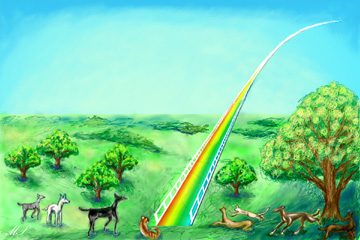
The Rainbow Bridge story illustrates some important patterns in how humans in the modern West think about animal afterlives. First, people are eclectic and creative in their beliefs, and they draw on scientific and religious ideas as well as empirical experiences to make sense of what happens to their animals after death. This flexibility and inventiveness is on display in the Rainbow Bridge legend, which is not rooted in any passage in the Bible, but appears to have derived from a poem written by Paul Dahm, a grief counselor, in 1981. The willingness of people to borrow and blend beliefs from different sources is similarly illustrated by their ideas about animal reincarnation. Magliocco notes that the Western people in her study see reincarnation as “a way for souls to return to the material world and spend additional time with their companions from previous lives, perfecting their relationships and enjoying being together.” This understanding of reincarnation contrasts sharply with traditional Hindu and Buddhist beliefs, which hold that the purpose of living a good life is to achieve a state of purity and, ultimately, to be removed from the process of reincarnation entirely. The respondents in Magliocco’s study adopt ideas from Eastern religions, reinterpret them, and fuse them with Christian and New Age concepts. Their eclectic, nontraditional beliefs reveal both the religious pluralism of contemporary society and the willingness of people in the West to assemble religious concepts and amend them to their liking.
Both the Rainbow Bridge legend and the unconventional reincarnation beliefs held by modern Western people reveal that ideas about animal afterlives often parallel ideas about human afterlives, at the same time that they run counter to mainstream religious and scientific thought. As Magliocco explains, “People who love animals and include them in their lives are inclined to disregard the formal teachings of established religions and form their own vernacular ontologies about animal lives.” Importantly, animal-loving humans are not only willing to ignore sanctioned theology—they are also willing to revise it. “What is striking in these responses is how individuals who have loved animals depart from official theological teachings to create a place for them in their spiritual cosmology,” writes Magliocco. “They imagine a God who loves dogs and cats as much as they do, makes room for them in Paradise, or even recreates them in Heaven for the faithful who have loved them as companions.”
The practices associated with the death of pets are as eclectic and improvisational as the beliefs. The participants in Magliocco’s study perform familiar rituals, but do so in unorthodox and inventive ways. Magliocco describes how one Christian woman administered a sacrament in order to ensure that her beloved pet would join her in Heaven:
One focus group member recounted how, as a child, she had heard that in an emergency, a lay person could baptize individuals in order to save their souls. When she learned that dogs could not go to Heaven, she decided to baptize her dog so she could be sure to be reunited with him in the hereafter.
This woman, finding herself in what she considered an urgent situation, aimed to solve her problem by drawing on the ritual knowledge and religious resources available to her–even if it meant administering a sacrament in a nonstandard way, for nonstandard purposes.
“It’s so hard to say goodbye” (but it’s easier with Boyz II Men)
When Rufus died, I suppose I found myself in a similar situation as the woman who baptized her dog. I, too, sought comfort in familiar rituals. And, like her, I had limited options and drew on the religious resources at my disposal in a way that was, I admit, rather heterodox.
I actually have professional experience with funerals and end-of-life rituals. In my teenage years, I had earned money for college by working as a parish funeral cantor. Because of that experience, I gained a deep knowledge of Catholic funeral hymns. (Twenty years later, I can still sing all the verses to “On Eagle’s Wings.”) More importantly, by witnessing so many people experience the tender moment of saying their last goodbye to their friends and family, I developed a deep appreciation of the importance of ritual—and hymn-singing especially—in helping people to grieve and to express sorrow and love.
It made sense to me, then, to honor Rufus through the sacred act of singing. We weren’t able to spend a thousand dollars on a pet funeral, but I figured that we could at least raise up our voices and bid Rufus farewell through a good song or two. Because I didn’t have a hymnal on hand, we improvised, as is the case with most beliefs and practices associated with the death of pets. A dear friend who was visiting happened to know the piano chords to “Seasons of Love” from Rent, and so we all sang that. We didn’t have the sheet music for any other appropriate song, so we then chose to sing Boyz II Men’s “It’s So Hard to Say Goodbye”, which can be performed a cappella. And finally, after the last climactic chorus, my husband carried Rufus’ body, nestled neatly in a shoebox, solemnly out the door.


